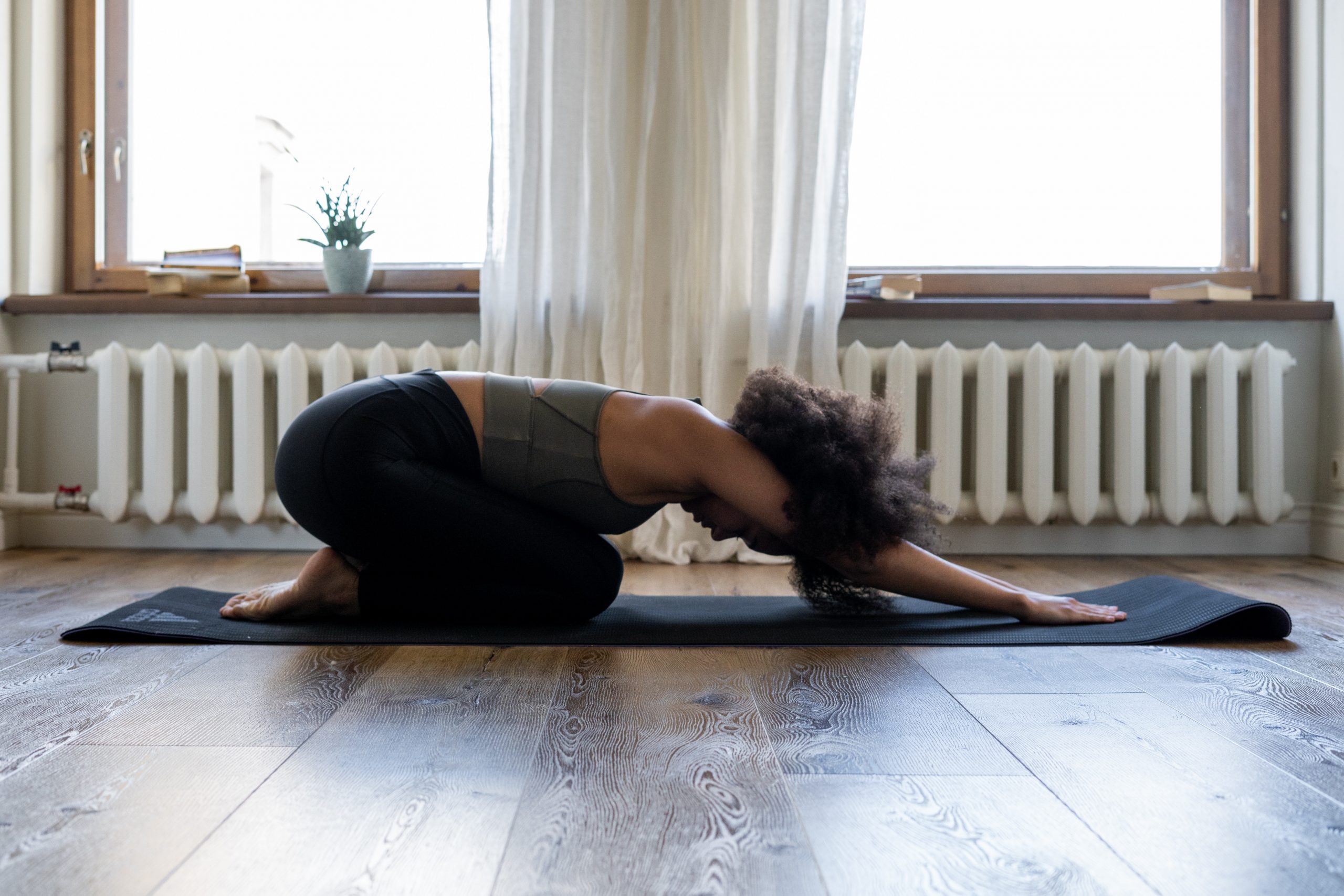
12 Jun Different Types of Yoga Styles and Their Benefits
Different types of yoga styles have slightly different methodologies and interpretations. The primary tenet is non-harming, which begins with choosing the right type of yoga for you to get all the various benefits of yoga.
Here’s a list of different types of yoga styles and their benefits:
Hatha Yoga
Hatha is a blanket term for the physical side of yoga. It’s more traditional in nature and is designed to balance opposing forces. The balance might come from physical and mental energy, strength and flexibility, or breath and the body. Choose it if you are a beginner or if you prefer a more gentle type of yoga.
Vinyasa Yoga
Vinyasa yoga (alternately referred to as vinyasa flow or flow yoga) involves poses that are harmonized with the breath in a continuous rhythmic flow. The flow can be very meditative, which calms your mind and nervous system, even though you’re moving. Best for people who are newer to yoga, but can also benefit those who’ve been practicing for years.
Yin Yoga
Yin yoga targets the body’s connective tissue in the hips, lower back, and thighs where it improves circulation and flexibility in the joints. Poses are held for one minute or longer. Yin helps to accelerate recovery from hard workouts. Holding poses for longer periods of time is also good practice for being still. It’s a good choice if you need to stretch after a tough workout or prefer a slow-paced practice.
Restorative Yoga
The goal of restorative yoga is to completely relax into poses that are held for five or more minutes. You might do only a few poses and fall asleep in the class and that’s acceptable (and sometimes even encouraged!). The teacher may lead you through Yoga Nidra—a guided meditation that enables you to hover blissfully between sleep and wakefulness. One hour of Yoga Nidra is said to equal a few hours of sleep. This yoga is best if you need to de-stress, relieve pain, or relax.
Kemetic Yoga
Kemetic yoga is a combination of physical movements, controlled deep breathing, and meditation. It heals and regenerates by activating the parasympathetic nervous system. The progressive postures create alignment of the spinal column to correct defects in the skeletal-muscular system. The effect is stress relief, better blood circulation, better flow of the internal life force, and cerebral spinal fluid throughout the body.
Kundalini Yoga
The yoga sequences are designed to stimulate the kundalini or “life force” coiled at the base of the spine. It helps to reduce stress and negative thinking by challenging the mind and body with chanting, breathing exercises, singing, meditation, and a series of poses called kriyas. It’s best for you if you’re searching for a physical and spiritual practice.
Ashtanga Yoga
Ashtanga yoga is a very physical, flow-style yoga with spiritual components. It consists of six series of specific poses taught in order. You have to memorize and master each pose and series under the guidance of the teacher before being given the next one, making your practice unique. Choose it if you like routine or more physical, yet spiritual, practice.
Iyengar Yoga
Iyengar yoga is a more static form of yoga that emphasizes detailed alignment and longer holds of positions. It’s generally less intense than other types of yoga. It uses multiple props such as chairs, walls, benches, bolsters, blocks, and straps. Choose it if you like detailed instructions, have physical limitations, or want a more classic form of yoga.
Bikram Yoga
Bikram yoga, a hot yoga, includes 26 poses and two breathing exercises performed in the same order. It has strict rules: the class is 90 minutes, the room must be 105°F with 40% humidity, and the instructor doesn’t adjust students. The environment causes sweating and added flexibility which enables students to get deeper into postures, improve circulation, and detox the body.
Prenatal Yoga
Prenatal yoga focuses on stress relief and easing hip and back pains associated with pregnancy. It includes physical exercises, poses, breathing exercises, and self-care. The breathing exercises come in handy during delivery. The poses and exercises, which include squats and pelvic floor work, prepare the body for delivery. The practice excludes poses that are too taxing or are unsafe. It’s always best to consult your physician first before practicing pre or postnatal yoga.
Aerial Yoga
Aerial yoga (or anti-gravity yoga) includes traditional yoga poses with the added support of a strong, silky hammock hanging from the ceiling. The hammock provides support for certain poses and helps you more easily perform inverted poses. Classes can be either physically challenging or very relaxing depending on the level of the class or the teacher.
Power Yoga
Power yoga is less regimented and more open to interpretation. It’s more active, practiced at a quicker pace than other styles of yoga, and works to stretch the muscles and increase flexibility. It can be practiced at high or normal room temperatures. Best for people who want a good workout without rigidity or much spiritual practice.
Acro Yoga
Acro yoga makes regular yoga poses double the fun and work by adding a partner. One person lies on their back as the “base” while the other is the “flyer,” who contorts themselves on the soles of the base’s feet. A spotter is always available for safety! The practice helps you to connect with your fellow practitioners and have fun in the process.
Fusion Yoga
Fusion yoga combines the best of ashtanga, Bikram, synergy, and vinyasa yoga. Like Bikram, it focuses on one posture at a time to build strength. Though, there are vinyasa-flow segments and poses which are linked to synergy. It contains deep stretching, core work, longer holds, and the lightness of vinyasa. It suits all practitioners, especially beginners.
Kids Yoga
Kids Yoga is specially designed to get children more involved in physical activity. More importantly, it teaches them to be more aware of their own body, and how to develop their focus and relaxation. Yoga also teaches children how to deal with their emotions. The breathing exercises teach them how to be calm, relaxed, and self-controlled while interacting with other kids.
Now that you have a solid idea of the different types of yoga asanas and their benefits, discover our live yoga class schedule taught by Black instructors!



Pingback:Meet The Community: Marquet Johnson - Black Yoga Society
Posted at 15:29h, 16 July[…] and instead used DVD’s at home to practice. I decided to attend multiple studios to explore the various types of yoga […]
Pingback:You Need A Sustainable Cork Yoga Mat and Here's Why - Black Yoga Society
Posted at 18:36h, 17 October[…] mat actually becomes MORE grippy, which helps you stabilize in your flows. Even in regular heat yoga classes, the grip is sturdy and can easily be sprayed with your favourite mat spray if you need extra […]
Pingback:8 Black Yoga YouTubers You Need To Subscribe To - Black Yoga Society
Posted at 14:25h, 08 December[…] to find a class through YouTube, the search can seem endless to find black yoga YouTubers and styles you like. We’ve been there and we get it. Your search ends […]